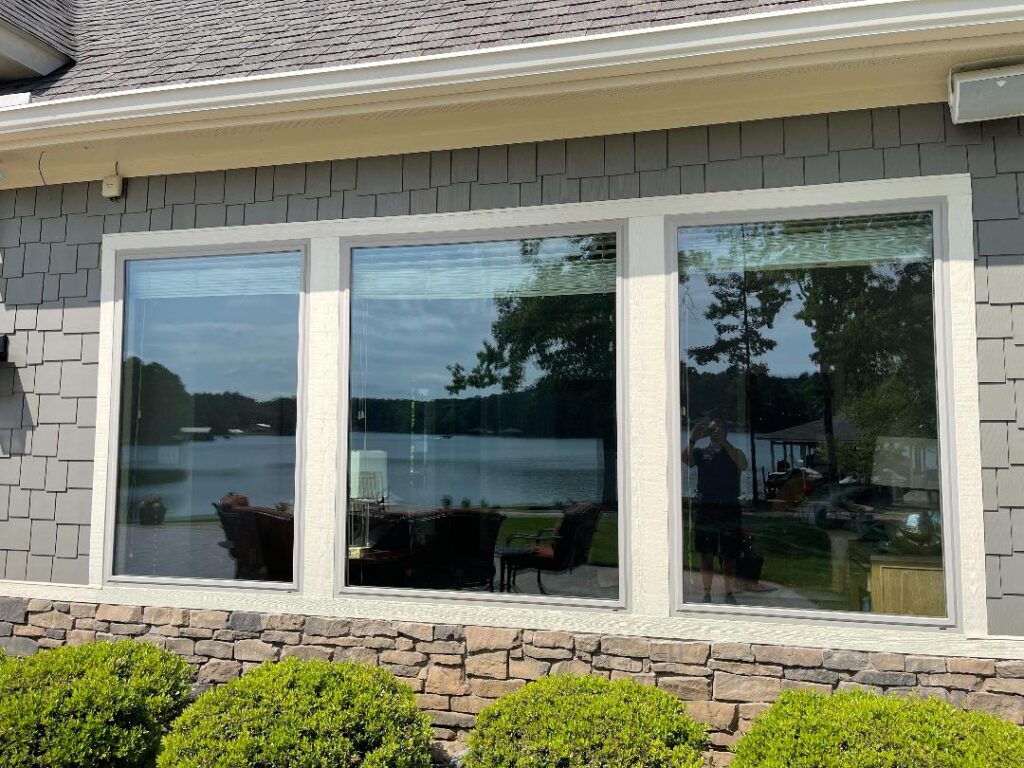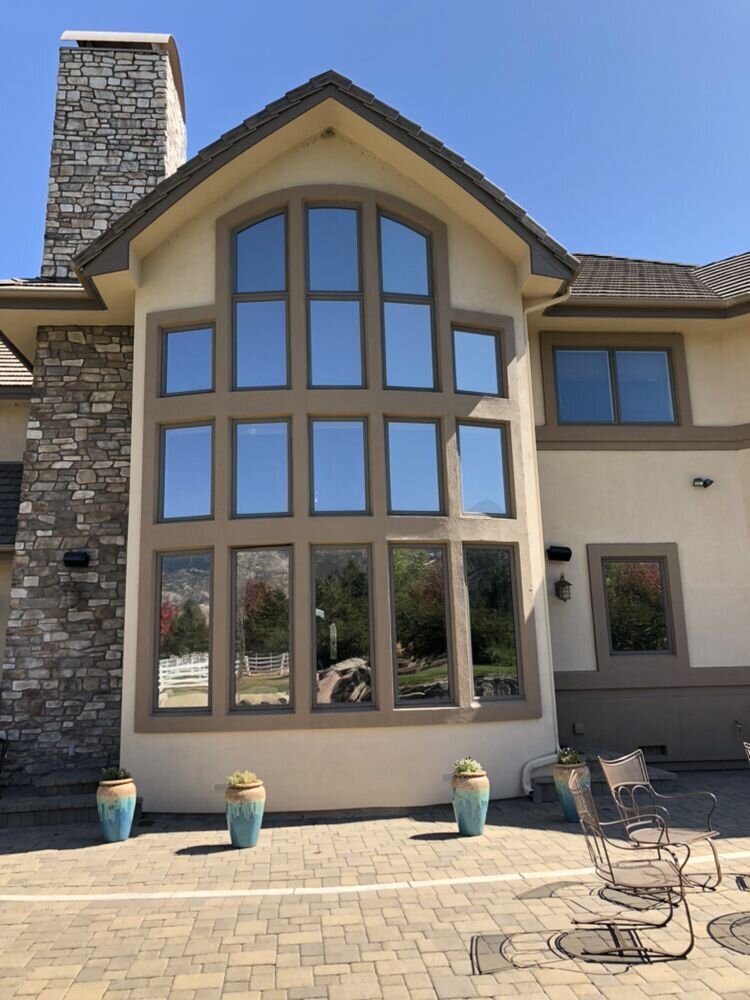Residential Window Tint: Rise Protection and Include a Layer of Security
Residential Window Tint: Rise Protection and Include a Layer of Security
Blog Article
Just How Residential Home Window Tinting Enhances Your Home's Power Effectiveness
Residential window tinting provides an engaging solution for property owners seeking to improve energy efficiency within their living areas. By using specialized movies to home windows, it efficiently lowers warmth transfer, thereby stabilizing indoor temperatures and minimizing the demand for excessive heating or cooling.
Understanding Window Tinting
Comprehending window tinting is necessary for home owners looking for to boost both comfort and energy efficiency in their living spaces. Residential Window Tint. Window tinting involves the application of a thin movie to the inside or outside surface area of glass windows. This film can dramatically regulate the quantity of sunshine and warm that goes into a home, therefore affecting indoor environment conditions
There are various kinds of window tinting movies offered, each with distinct residential or commercial properties. The effectiveness of home window tinting is typically determined by its Visible Light Transmission (VLT) percentage, which shows exactly how much light can pass through the movie.
Benefits of Energy Efficiency
Home window tinting not just improves aesthetic appeals but additionally plays a considerable role in enhancing power effectiveness within domestic spaces. By minimizing heat transfer with home windows, tinted movies produce an extra steady interior environment, which can lead to substantial reductions in energy intake for cooling and heating. This energy performance equates right into reduced utility bills, offering home owners with substantial long-lasting financial savings.

In addition, window tinting enhances the convenience of living rooms. By decreasing glare and blocking unsafe UV rays, colored windows develop an even more enjoyable environment, which can cause enhanced health for residents. The defense versus UV rays likewise helps protect furnishings and floor covering from fading, adding to the durability of household products.
How Tinting Functions
Tinting films run via a mix of advanced products and modern technologies created to control the quantity of solar power going into a home. Primarily made up of polyester, these movies commonly incorporate ceramic or metal particles that show and soak up warm. This twin ability permits them to significantly minimize the infiltration of ultraviolet (UV) rays and infrared radiation while permitting visible light to travel through.
The effectiveness of window tinting is gauged by its solar heat gain coefficient (SHGC), which suggests just how much solar energy is transmitted through the home window. Reduced SHGC values are more effective as they represent greater warm denial. In addition, window colors can include a selection of shades, enabling homeowners to Bonuses personalize their visual choices while enhancing energy effectiveness.
Additionally, these films work as a barrier, preventing warm loss during cooler months by reflecting interior warmth back into the living area. This thermal insulation result matches the cooling advantages gotten throughout warmer months, adding to a well balanced interior environment year-round. By taking care of solar power effectively, domestic window tinting not just boosts convenience yet additionally plays an essential duty in decreasing energy usage and reducing utility bills.
Choosing the Right Tint

There are numerous kinds of window films available, consisting of colored, metalized, and ceramic. Ceramic movies provide outstanding warm control without you can try these out compromising exposure and are highly resilient, making them a prominent selection.
Noticeable light transmission (VLT) is image source one more crucial element, as it indicates the quantity of all-natural light that can travel through the colored glass. Home owners need to pick a color with a VLT that enhances their lights choices while still offering sufficient glare reduction.
Furthermore, evaluating the solar heat gain coefficient (SHGC) can help identify how well a tint can obstruct warmth from sunlight. A lower SHGC indicates better warmth control, inevitably boosting power performance.
Installation and Upkeep Tips
Appropriate installment and upkeep are vital parts in taking full advantage of the advantages of domestic home window tinting. Experts also utilize specialized tools and methods, which can improve the resilience and performance of the tint.
Following installment, maintenance is vital to extend the life of the window film. It is recommended to wait at least 30 days before cleansing the colored windows to permit the sticky to heal completely.
Resolving these concerns immediately can prevent more damage and maintain energy efficiency. By sticking to these setup and upkeep ideas, home owners can ensure their window tinting continues to offer significant energy savings and comfort for years to come.
Final Thought
In verdict, domestic window tinting offers as an effective remedy for boosting power effectiveness within homes. By reducing warmth transfer and obstructing unsafe UV rays, window movies add to reduce energy consumption and improved interior comfort.
Home window tinting entails the application of a slim movie to the inside or outside surface of glass home windows. By decreasing warmth transfer through windows, tinted films create a more secure interior climate, which can lead to substantial decreases in energy consumption for home heating and cooling.The efficiency of window tinting is determined by its solar warmth gain coefficient (SHGC), which shows just how much solar energy is transmitted via the window. By taking care of solar energy effectively, property home window tinting not only boosts comfort however likewise plays an important role in reducing energy usage and decreasing utility expenses.
By reducing heat transfer and blocking damaging UV rays, window films contribute to reduce energy consumption and boosted indoor comfort.
Report this page